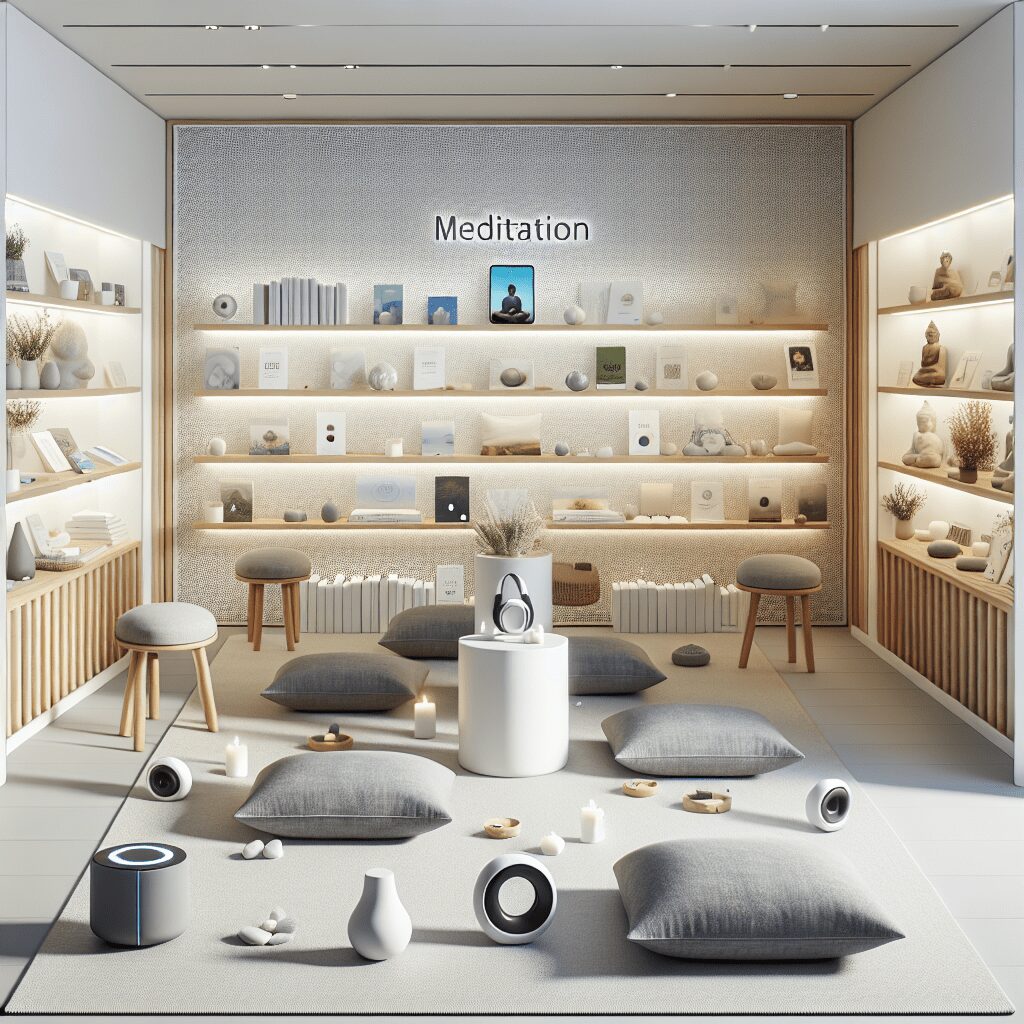
Prioritize your mental well-being daily. Enhance your life by nurturing your mental health with the Smart Meditation app. Break free from stress, alleviate anxiety, and enhance your sleep quality starting today.
As A Recovering Addict How Do I Pray And Meditate In Recovery?
The Journey of Healing: Prayer and Meditation in Recovery
Embarking on the winding path of recovery can sometimes feel like navigating through a labyrinth without a map. For those of us in the throes of overcoming addiction, finding solace and strength in the spiritual practices of prayer and meditation can be a beacon of light in the darkest of tunnels. Let’s dive into the hows and whys of incorporating these timeless practices into your recovery process.
Unpacking the Power of Prayer and Meditation
Before we get into the nitty-gritty, let’s establish a basic understanding. Prayer and meditation are not one-size-fits-all; they are deeply personal practices that can be tailored to fit any belief system or lifestyle. At their core, they offer a pause in the hustle and bustle of life, a moment of quiet reflection, and an opportunity to seek guidance or simply bask in the peace of the present.
The Why:
-
Stress Reduction: Both prayer and meditation have been shown to significantly lower stress levels, offering a much-needed respite for the mind and body.
-
Enhanced Self-awareness: Regular prayer and meditation practices can help you become more attuned to your thoughts and feelings, aiding in self-discovery and recovery progression.
-
A Support System: For many, prayer is a way to feel connected to a higher power or the universe, reinforcing the notion that you’re not alone in your journey.
The How:
Crafting Your Practice
-
Start Small: Rome wasn’t built in a day, and neither is a solid prayer or meditation practice. Begin with just a few minutes a day and gradually increase as you feel more comfortable.
-
Seek Silence: Find a quiet space where you can be undisturbed. This physical space of tranquility can significantly enhance your mental space.
-
Let Go of Perfection: Your mind will wander, and that’s OK. The aim isn’t to empty your mind completely but to become aware of your thoughts without getting lost in them.
-
Use Resources: Books, apps, and community groups can offer guidance and structure. Don’t be afraid to lean on them, especially in the early days.
A Daily Dose of Serenity
Incorporating prayer and meditation into your daily routine can serve as a constant reminder of your commitment to your recovery. Whether it’s first thing in the morning to set the tone for the day, during a lunch break to hit the reset button, or right before bed to reflect and relax, find what moments work best for you.
A Labyrinth No More
Recovery, much like life, is a journey rather than a destination. Adding prayer and meditation into your recovery toolkit can help illuminate your path, making the labyrinth seem less daunting. Remember, this is your journey, and these practices are here to serve you, in whatever form they might take. Embrace them with an open heart and mind, and watch as they transform your path, one step at a time.
As you continue to navigate through the ups and downs of recovery, keep in mind that prayer and meditation are more than just spiritual practices; they’re lifelines that connect you to your inner strength and resilience. So, take a deep breath, and let’s dive in – your journey of healing and self-discovery awaits.





